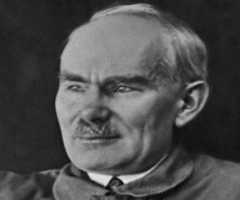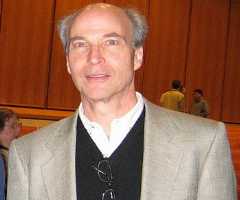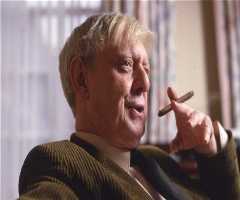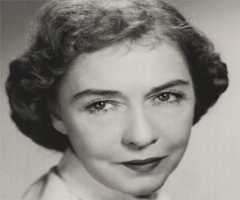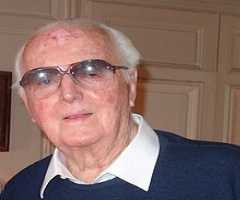Archer John Porter Martin Biography, Life, Interesting Facts

Birthday :
Died On :
Birth Place :
Zodiac Sign :
Early Life And Education
Archer John Porter Martin was born 1st March 1910. He was born in London, England, to William and Lilian Martin. His father was a general practitioner, and his mother was a nurse. He was the younger of two children, with an older sister called Nora.
Archer Martin's family moved from London to Bedford in 1920. Archer Martin went to Bedford School from 1921 through to 1929.
In 1929, Archer Martin was awarded a scholarship into Cambridge University. He was to study chemical engineering but changed mid-stream to biochemistry. He graduated in 1932, and then was awarded his Ph.D. in 1936.
Career
From 1932 to 1939, Archer Martin worked at the university. For the first 12 months he worked in the physical chemistry laboratory, and in 1933 he worked in the Dunn Nutritional Laboratory. He worked specifically on the isolation of Vitamin E, under the supervision of Sir Charles Martin and L.J. Harris.
He then took up a position at the Wool Industries Research Association (WIRA) in Leeds, followed by a position as the head of the biochemistry division of Boots Pure Drug Company.
In 1948, Archer Martin joined the Medical Research Council, and in 1952, was appointed the Head of the Physical Chemistry Division at the National Institute for Medical Research (NIMR).
While he was at WIRA, Archer Martin was joined by Richard Synge, and the two worked on chromatography together. They successfully developed a partition-chromatographic technique that was demonstrated to the Biochemical Society at the National Institute for Medical Research in 1941.
Synge left WIRA in 1943, but Archer Martin continued his chromatography research.
As he continued his research, Archer Martin published 70 different papers. It was his 9th paper that one him the Nobel Prize in 1952, in conjunction with Synge.
Archer Martin left the NIMR in 1956. With the prize money from his Nobel Award, he set up Abbotsbury Laboratories Ltd and continued with his research. From 1956 onwards, Martin also provided consultant services to various companies and institutes.
Major Published Works
Archer John Porter Martin had three major works published in book form:
1941: Separation of Higher Mono-Amino Acids by Counter-Current Liquid-Liquid Extraction: The Amino-Acid Composition of Wool – written with Richard Synge
1944: Qualitative Analysis of Proteins: A Partition Chromatographic Method Using Paper – written with Raphel Consden and A. Hugh Gordon
1952: Gas Liquid Partition Chromatography: The Separation and Micro-Estimation of Volatile Fatty Acids from Formic Acid to Dodecanoic Acid – written with Anthony T. James
Awards And Honors
Among some of his more notable awards and honors, are the following:
1950: Inducted as a Fellow of the Royal Society
1952: Nobel Prize in Chemistry (awarded in conjunction with Richard Synge)
1960: Awarded a Companion of the British Empire
Personal
In 1943, Archer Martin married Judith Bagenal. The couple had five children – two boys, and three girls.
Legacy
Archer John Porter Martin was the forefather of three types of chromatography – paper, partition, and liquid-gas. His methods are still used in industry today. Oil and gas companies, in particular, continue to benefit greatly from Martin’s discoveries.
More Chemists
-
![Albert von Szent-Györgyi]()
Albert von Szent-Györgyi
-
![Leo Baekeland]()
Leo Baekeland
-
![Elias James Corey]()
Elias James Corey
-
![Vladimir Prelog]()
Vladimir Prelog
-
![Michael Smith]()
Michael Smith
-
![Paul D. Boyer]()
Paul D. Boyer

